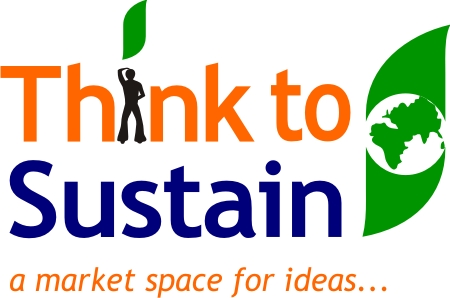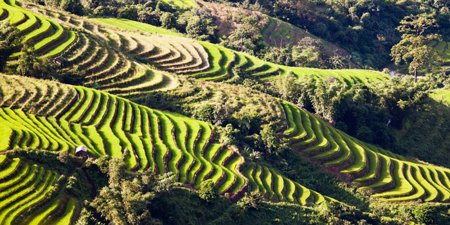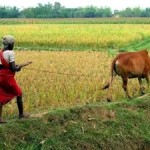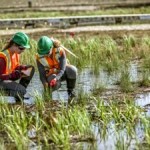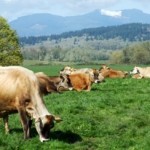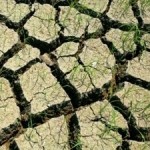Feeding a growing human population without increasing stresses on Earth’s strained land and water resources may seem like an impossible challenge. But according to a new report by researchers at the University of Minnesota’s Institute on the Environment, focusing efforts to improve food systems on a few specific regions, crops and actions could make it possible to both meet the basic needs of 3 billion more people and decrease agriculture’s environmental footprint.
The report, published on July 17 in Science, focuses on 17 key crops that produce 86 percent of the world’s crop calories and account for most irrigation and fertilizer consumption on a global scale. It proposes a set of key actions in three broad areas that that have the greatest potential for reducing the adverse environmental impacts of agriculture and boosting our ability meet global food needs. For each, it identifies specific “leverage points” where non-governmental organizations, foundations, governments, businesses and citizens can target food security efforts for the greatest impact. The biggest opportunities cluster in six countries – China, India, U.S., Brazil, Indonesia and Pakistan – along with Europe.
“This paper represents an important next step beyond previous studies that have broadly outlined strategies for sustainably feeding people,” said lead author Paul West, co-director of the Institute on the Environment’s Global Landscapes Initiative. “By pointing out specifically what we can do and where, it gives funders and policy makers the information they need to target their activities for the greatest good.”
The major areas of opportunity and key leverage points for improving the efficiency and sustainability of global food production are:
1. Produce more food on existing land.
Previous research has detected the presence of a dramatic agricultural “yield gap” – difference between potential and actual crop yield – in many parts of the world. This study found that closing even 50 percent of the gap in regions with the widest gaps could provide enough calories to feed 850 million people. Nearly half of the potential gains are in Africa, with most of the rest represented by Asia and Eastern Europe.
2. Grow crops more efficiently.
The study identified where major opportunities exist to reduce climate impacts and improve the efficiency with which we use nutrients and water to grow crops.
Agriculture is responsible for 20 to 35 percent of global greenhouse gas emissions, largely in the form of carbon dioxide from tropical deforestation, methane from livestock and rice growing, and nitrous oxide from crop fertilization. The study found that the biggest opportunities for reducing greenhouse gas production are in Brazil and Indonesia for deforestation; China and India for rice production; and China, India and the United States for crop fertilization.
With respect to nutrient use, the study found that worldwide, 60 percent of nitrogen and nearly 50 percent of phosphorus applications exceed what crops need to grow. China, India and the U.S. – and three crops, rice, wheat and corn – are the biggest sources of excess nutrient use worldwide, so offer the greatest opportunity for improvement.
With respect to water, rice and wheat are the crops that create the most demand for irrigation worldwide, and India, Pakistan, China and the U.S. account for the bulk of irrigation water use in water-limited areas. Boosting crop water use efficiency, the researchers found, could reduce water demand 8 to 15 percent without compromising food production.
3. Use crops more efficiently.
The third major category of opportunities characterized for boosting food production and environmental protection relate to making more crop calories available for human consumption by shifting crops from livestock to humans and reducing food waste.
The crop calories we currently feed to animals are sufficient to meet the calorie needs of 4 billion people. The study noted that the U.S., China and Western Europe account for the bulk of this “diet gap”, with corn the main crop being diverted to animal feed. Although cultural preferences and politics limit the ability to change this picture, the authors note that shifting crops from animal feed to human food could serve as a “safety net” when weather or pests create shortages.
In addition, some 30 to 50 percent of food is wasted worldwide. Particularly significant is the impact of animal products: The loss of 1 kilogram of boneless beef has the same effect as wasting 24 kilograms of wheat due to inefficiencies in converting grain to meat. The authors illustrate how food waste in the U.S., China and India affect available calories, noting that reducing food waste in these three countries alone could yield food for more than 400 million people.
